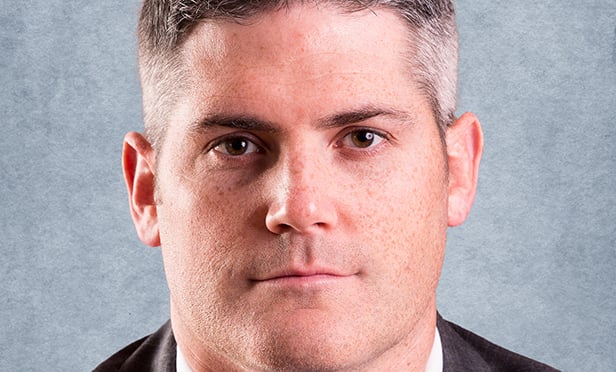SEATTLE—In GlobeSt.com's ongoing coverage of the upcoming NAHB Multifamily Pillars of the Industry Awards Competition, we are profiling selected finalists in the weeks running up to the Awards ceremony.
[IMGCAP(1)]
This Week's Project: Stack House
City: Seattle
Award Category: Green Building Concepts
Developer: Vulcan Real Estate
Architect: Runberg Architecture Group
Mission: For Vulcan, the mission behind all of its developments is three fold, what development manager Brandon Morgan calls a triple bottom-line philosophy: 1—Provide a financial return (“Obviously,” he says. “It's a real estate project.”); 2—Respect the environment (“We want to be good stewards.”); 3—Respect the community (“Because we will be re-investing in this area.”)
Execution: Stack House is actually a two-part development consisting of the new construction of this 278-unit multifamily building and a redevelopment of a national landmark—the 100-year old Laundry Supply Building—into an office. The NAHB Competition, obviously, focuses on the first. (To register for the awards presentation, click here.)
Stack House was built with the American Institute of Architects' 2030 Challenge in mind, wherein every five years developers of new construction are challenged to increase energy efficiency by an additional 10% beyond the industry norm, with a target of 100% by 2030.
The problem with a project such as Stack House is that there are no national residential norms. “We're targeting 60%,” says Morgan, “although there's no good national average for multifamily. So we took a look at our local averages.” Until full results are in (the project only recently achieved full occupancy), the developer and architect are using those averages as a basis for success.
[IMGCAP(2)]
One of the big savings strategies at Stack House was the developer's approach to heating domestic hot water. “In urban residential the usual heating method is a central gas-fired boiler,” reports Morgan. “That's the norm. But we employ a reverse-cycle chiller, which is basically a type of forced-air heat pump that traps ambient heat, in our case the garage, and through a heat exchanger we heat water and hold it in storage tanks.” While the project uses conventional potable water systems, it also features low-flow fixtures and harvested rainwater for landscape irrigation.
There's also an electrical system for backup and as a booster when needed. “It's 2.7 times more efficient than gas-fired. That translates to about 10% of the total energy load.”
What's more, “We're now exploring heat recovery from hot water waste before it's discharged into the sewer and recirculating that heat through an exchanger right back in the hot water system,” the developer reports. “We can probably double the efficiency by switching to that technology for another 10%.”
In terms of giving back to the overall environment, the project also features swale systems (one dubbed The Swale On Yale). The application doesn't benefit Stack House directly, but it is designed for a major impact on the environment. A partnership with the city's storm-water utility, the swales are designed “to intercept storm water that runs past the site and into Lake Union untreated.”
End Game: In terms of the profit-motive goal, Stack House is now 97% occupied. In terms of giving back to the community, the project is also 20% (56 units) workforce housing. In addition, the swale systems seem to be having their intended effect. Swales running on both sides of the project promise to capture 130 million gallons of untreated storm water a year.
In terms of the building's sustainability. We're trying to set a goal of 28 KBTUs per foot or 28 EUIs per foot,” says Morgan. Completed in 2013, Stack House is already the recipient of numerous awards, including the USGBC's 2013 LEED for Homes Award and an American Society of Landscape Architects Merit Award in residential design.
In terms of the 2030 Challenge, since Stack House is newly 97% occupied, full performance results are still coming in. But as Morgan says, “We're well on our way to hitting that.”
© Touchpoint Markets, All Rights Reserved. Request academic re-use from www.copyright.com. All other uses, submit a request to [email protected]. For more inforrmation visit Asset & Logo Licensing.







